Peasant Farming in Muscovy
This comprehensive study of farming methods and agrarian organization in Russia before the time of Peter the Great shifts the emphasis from the great estates to the basic production unit, the peasant family farms, and uses archaeological and enthnographic materials to supplement the documentary evidence. The methods of production and the farm implements used are described in detail and Professor Smith argues that features inherent in peasant farming account for Russian backwardness during this period. Part I classifies and describes the range of agrarian activities carried on in Muscovy - arable farming, hayfields, livestock, and gathering from the forest - and presents a model of a hypothetical farm unit; Part II examines three regions -Moscow, Toropets and Kazan - which stretch across central European Russia; and Part III provides a chapter on the relationship between peasant farming and the state.
{{comment.content}}

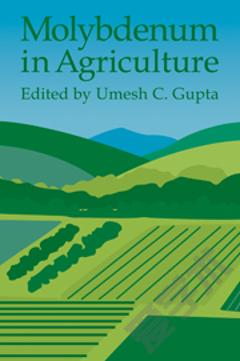

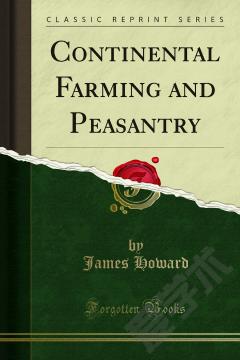
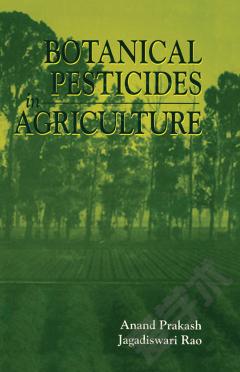
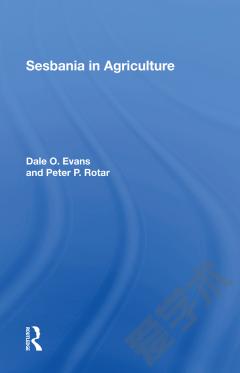
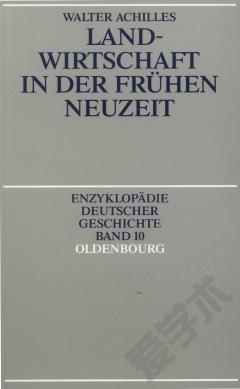

 京公网安备 11010802027623号
京公网安备 11010802027623号